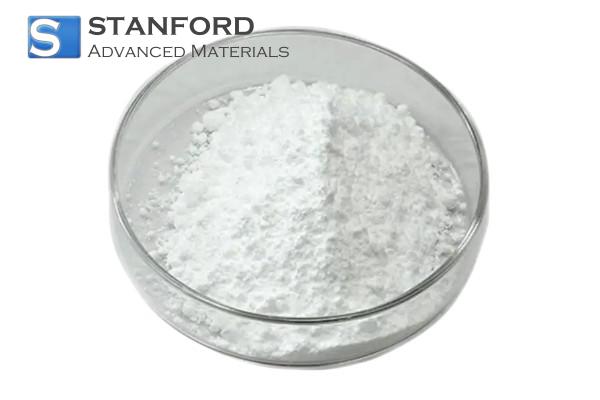- Products
- Categories
- Blog
- Podcast
- Application
- Document
HA4775 Shikimic Acid Powder, CAS 138-59-0
| Catalog No. | HA4775 |
| Synonyms | (3R,4S,5R)-(−)-3,4,5-Trihydroxy-1-cyclohexenecarboxylic acid |
| Type | Herb extract |
| Source | Illicium verum Hook.f. |
| Keywords | aromatic biosynthetic pathway, anti-inflammation |
Shikimic acid, obtained from star anise present in its anionic form shikimate, is a cyclohexanecarboxylic acid, a cyclohexene, and a cyclitol.
Related products: Glabridin, Pyrroloquinoline Quinone, Celastrol
INQUIRY
Add to Inquiry List
Description
Specification
LATEST RECOMMENDED
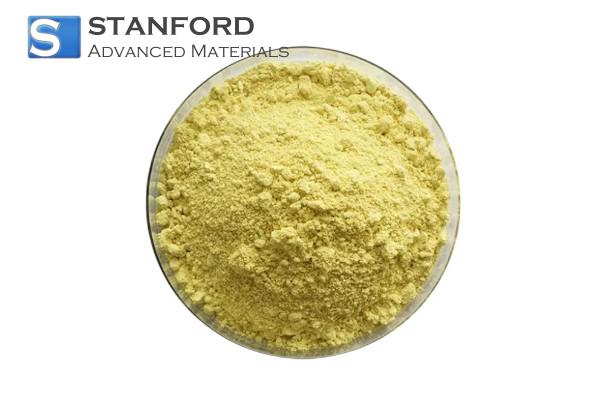
HA4774 Swertiamarin Powder, CAS 17388-39-5
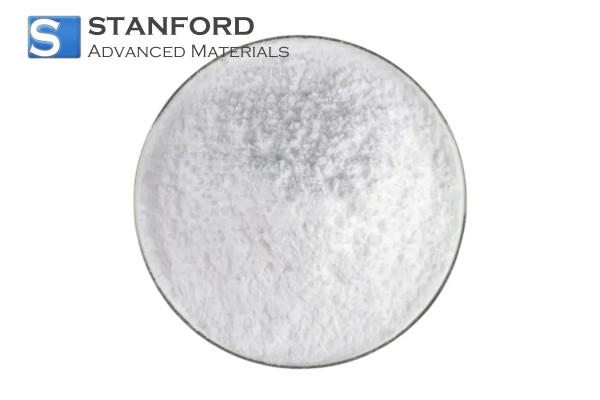
HA4820 L-Tetrahydropalmatine Powder
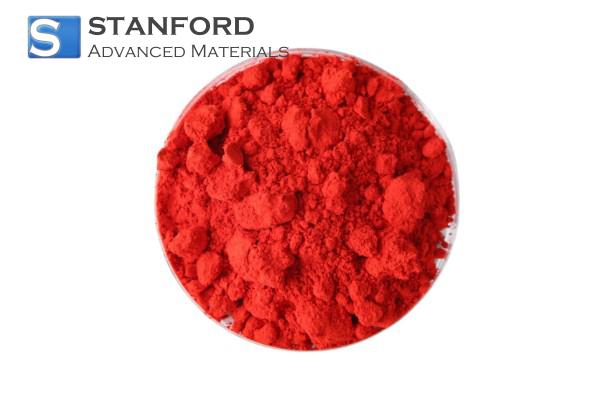
HA4823 Beta-carotene (10%) Powder (CAS: 7235-40-7)
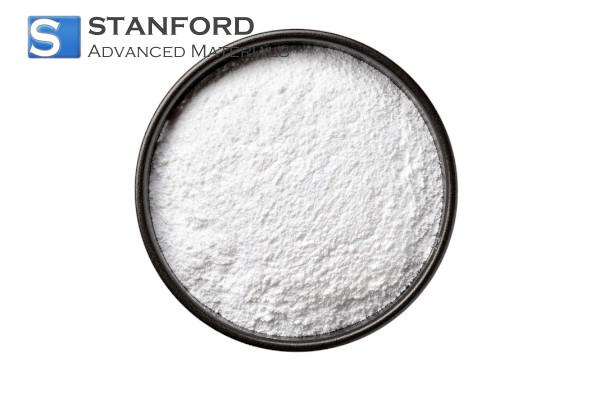
HA4824 Hederagenin (CAS: 465-99-6)
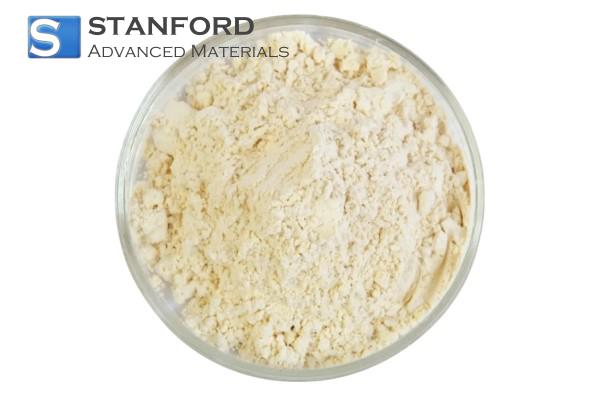
HA4841 Dihydromyricetin Powder
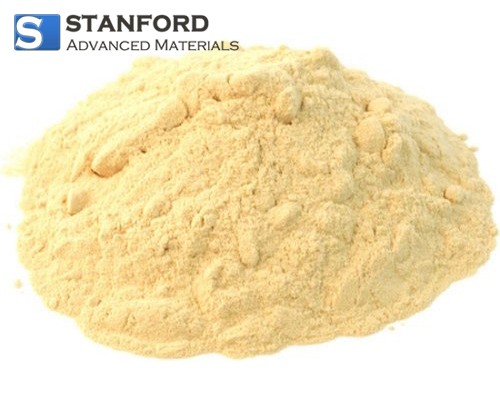
HA4842 Silybum Marianum Extract Powder
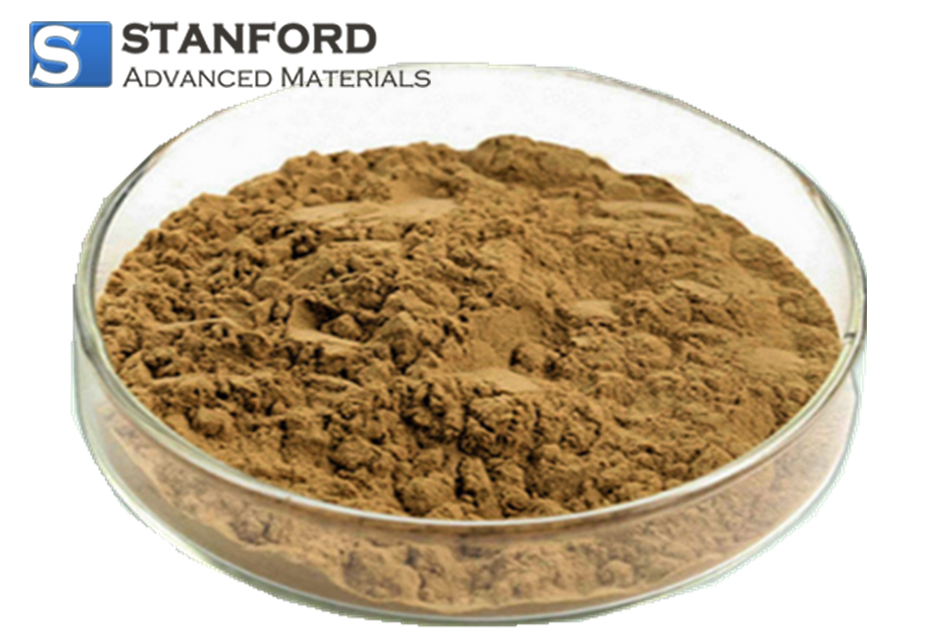
HA4843 Valerian Root Extract Powder
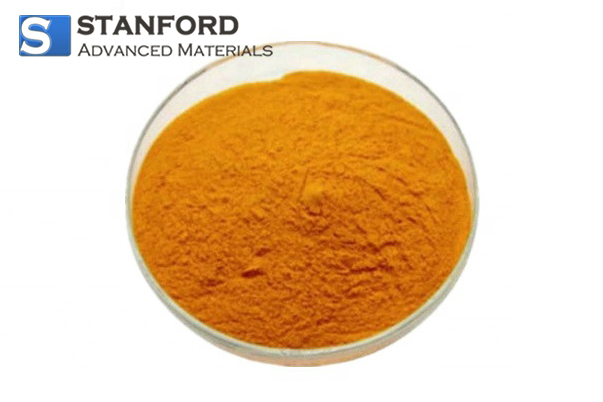
HA4844 Coenzyme Q10 Powder, CAS 303-98-0
GET A QUOTE
Send us an Inquiry now to find out more Information and the latest prices,thanks!

